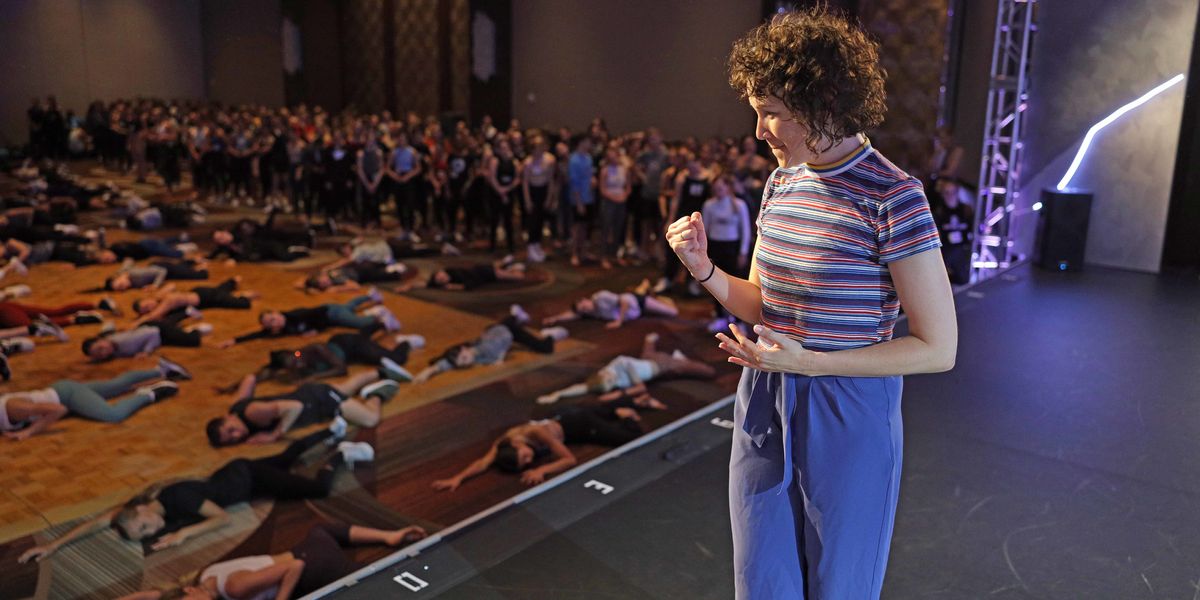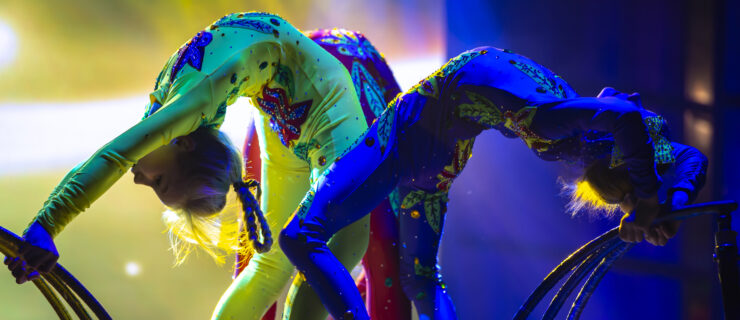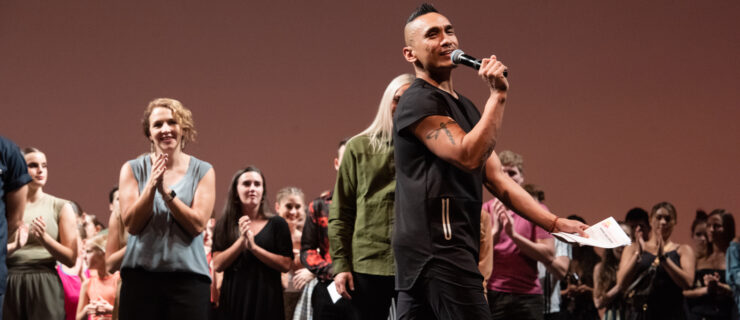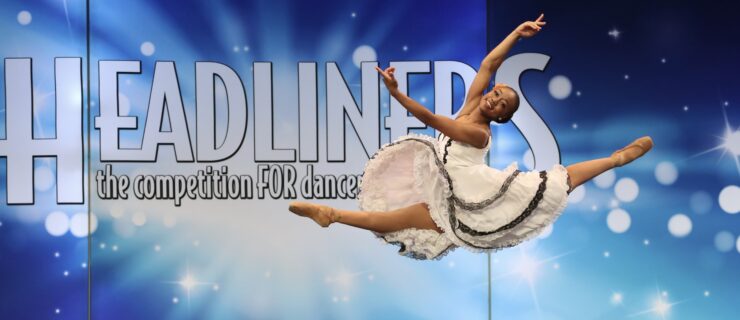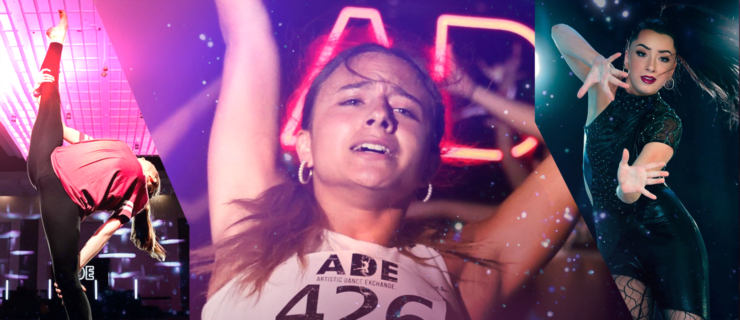The Whole Dancer: NYCDA's Dana Wilson on the Power of Dance Friendships
In 2009, Dana Wilson was fresh off her first world tour with Justin Timberlake when she got a call from New York City Dance Alliance founder Joe Lanteri asking her to come teach hip hop. Having been a student at NYCDA since she was “a tiny acorn,” it was like returning home.
Over the past decade, she’s become beloved for her unique jazz class, called “Jazz Plus.” “Depending on the day, maybe it’s jazz plus house, jazz plus popping, mime or burlesque,” she says.
Today, Wilson balances NYCDA weekends with her work as a choreographer and movement coach for film and recording artists. But no matter how busy she gets, teaching the next generation of artists remains a priority.
We talked to Wilson for our “Whole Dancer” series, and asked about her approach to teaching, her self-care must-haves and her life as a creator.
How has NYCDA impacted you and your career?
“NYCDA has given me a platform and connectivity to the next generation of dancers. Dance moves really fast, so keeping your eye on young dancers and the trends is so important. I’m right at the center of all of that!”
What does dancer wellness mean to you?
“Wellness is about mind, body and what I’ll call ‘tribe.’ Dance is not a solo activity. It is about community. I believe in taking care of your body, your mind, and your dance family—being there for each other.
“I’m 33 now, and I’m just now becoming interested in different types of work we can do on our minds like meditation. Having techniques that will get you through challenging bouts in training or a creative process is an important part of wellness to me.”
How would you describe your teaching style?
“On a scale of non-verbal to verbal, I’d be considered a very wordy teacher. I really love to talk. I think the best information is exchanged as part of a discussion, not a seminar. I try to encourage my students to be part of conversation, not just on the receiving end of an 8-count. That’s my way of showing that there is more to dance than steps.”
How does NYCDA take care of the whole dancer?
“I think the most significant way that NYCDA takes care of dancers, both in mind and body, is through Joe Lanteri’s work with the Foundation. He really values education and that doesn’t just mean dance conventions on the weekends. That means college and beyond.”
What are some of your self-care practices?
“I travel with a backpack-sized foam roller and a tiger tail—that stick that has beads on it. Sometimes if I know I’ll be at the judges’ table for a long time I’ll bring an electric blanket to keep around my hips or lower back. I also travel with little bags of Epsom salts because I love a bath.
“My pre-dance routine consists of a contact improv technique called sloughing where I’ll basically clean the floor with my body—rolling and sliding around making contact between my body surface and the dance surface. I also do physical therapy exercises to get my muscles engaged. I called it ‘pre-hab’—physical therapy before the injury.”
What helps you feel whole?
“I am at my happiest when I’m fully learning and fully teaching.
“Also, my husband is an engineer, a machinist, and a builder. He has a workshop here in Los Angeles. It’s a very special non-dance place that gives me a different perspective. I get a great deal of inspiration from him, and it has nothing to do with dance at all.”
What advice do you have for dancers on staying mentally, emotionally, and physically healthy?
“Treat yourself the way you treat your best friend. I have yet to meet a dancer who isn’t a perfectionist. It’s a double-edged sword because it creates really incredible work, but we can be really hard on ourselves in the process. I’m of the school that you can make great work and not be awful to yourself.”
What is the best advice you’ve received?
“My favorite advice came to me via one of my mentors, Toni Basil. If you don’t recognize her name from the pop smash hit ‘Hey Mickey,’ she is also a pillar in the dance world.
“She is 75 now and still trains every day. Once I asked her, ‘Basil, is there ever a day that you don’t want to dance?’ She said, ‘Oh absolutely, all the time.’ I said, ‘Well what do you do about that?’ She said, ‘I just pretend to be somebody who does want to dance.’
“I like that advice because, while I do love dance, I have many different interests. It is motivating to remember that sometimes all you need to do to get yourself on the dance floor is pretend to be somebody that wants to be there.”
Who or what is your greatest inspiration?
“The thing that gets me the most excited is making things with my two best friends, Jillian Meyers and Megan Lawson. We call ourselves The Seaweed Sisters. It might be terribly egomaniacal of me to say that my own work is what inspires me most, but making work with those two people is absolutely the most exciting thing I can think about.”
